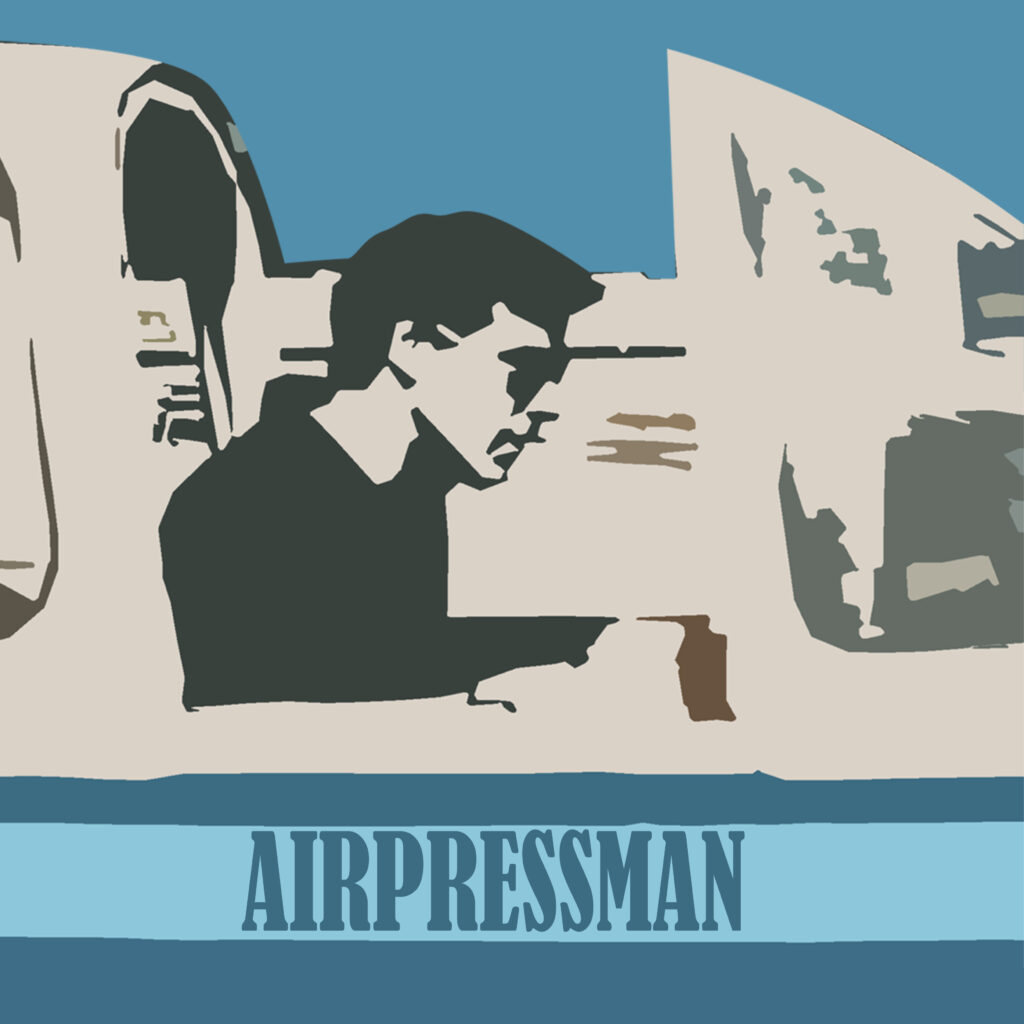
THE CESSNA O-2A SKYMASTER IN THE URUGUAYAN NAVAL AVIATION

On August 17, 2018, the Aviación Naval Uruguaya (Uruguayan Naval Aviation – ANU) received a fleet of three Cessna O-2A Skymaster aircraft. Based on the civilian twin, piston engined Cessna model 337, the aircraft were obtained gratis from the Aviación Naval de Chile (Chilean Naval Aviation – ANCh). This twin engined, high wing, twin tail booms, tandem-mounted engines type, featuring a tractor-pusher propeller arrangement, will supplement the ANU’s fluvial patrol and SAR (Search & Rescue) capabilities. The fleet arrived at the Base Aeronaval no. 2 (Naval Air Station 2-BAEN 2 -SULS) CC Carlos A. Curbelo near the resort of Punta del Este in eastern Uruguay. The aircraft were flown home, on a long ferry flight departed the Pacific Ocean shores of Chile, continued over the Andes Mountains, a large stretch over Argentina and into Uruguay’s Atlantic shores.
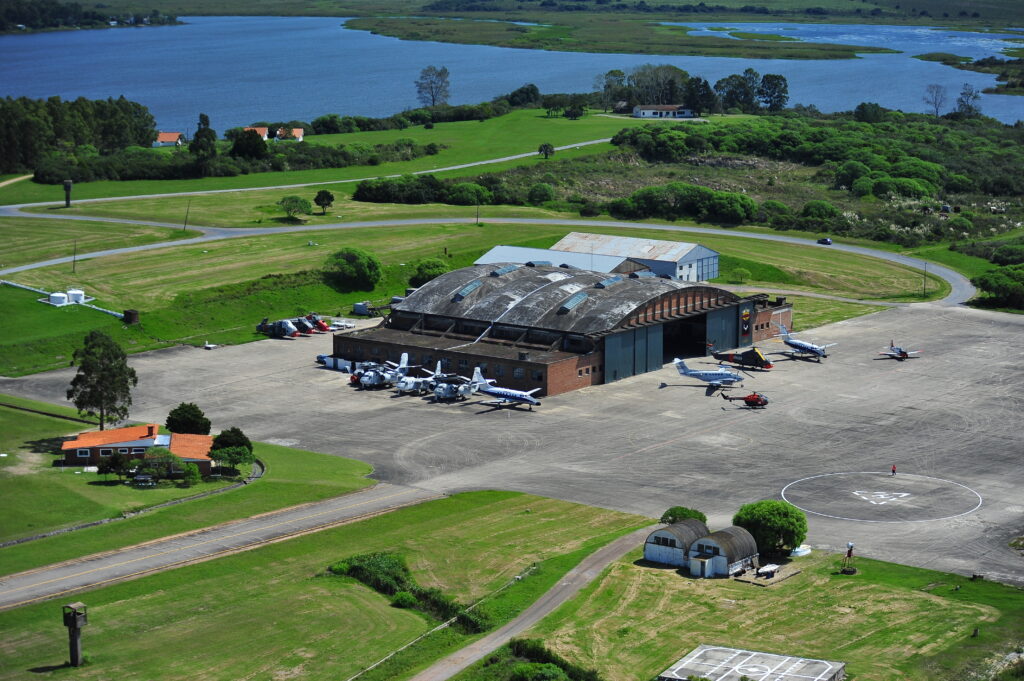
SKYMASTERS FOR THE URUGUAYAN NAVY
As far back as 1989, the US offered surplus – stored at the dessert – Skymasters to Uruguay. The ANU then having a diverse and larger fleet of fixed wing aircraft like Grumman S-2A/G Tracker, Beechcraft B200T Super King Air, T-34C1 Turbo Mentor, North American T-28 Trojan, Piper PA-34 Seneca and Cessna C-182 Skylane available, declined the offer. It would have provided a small benefit albeit created further logistical problems and expense to a force run on meagre funds. Furthermore a decade later when funds became available, instead of the Skymaster, the option to obtain a platform suitable for maritime patrol tasks was taken, in the shape of two ex Royal Navy BAe Jetstream T2 maritime patrol twin turboprop aircraft. Flown from RNAS Culdrose in Cornwall (UK) to Uruguay in January 1999, the Jetstream had a very short life span in Uruguay, mostly due to the complexities and lack of spares for its engines, the French built Astazou turboprops.
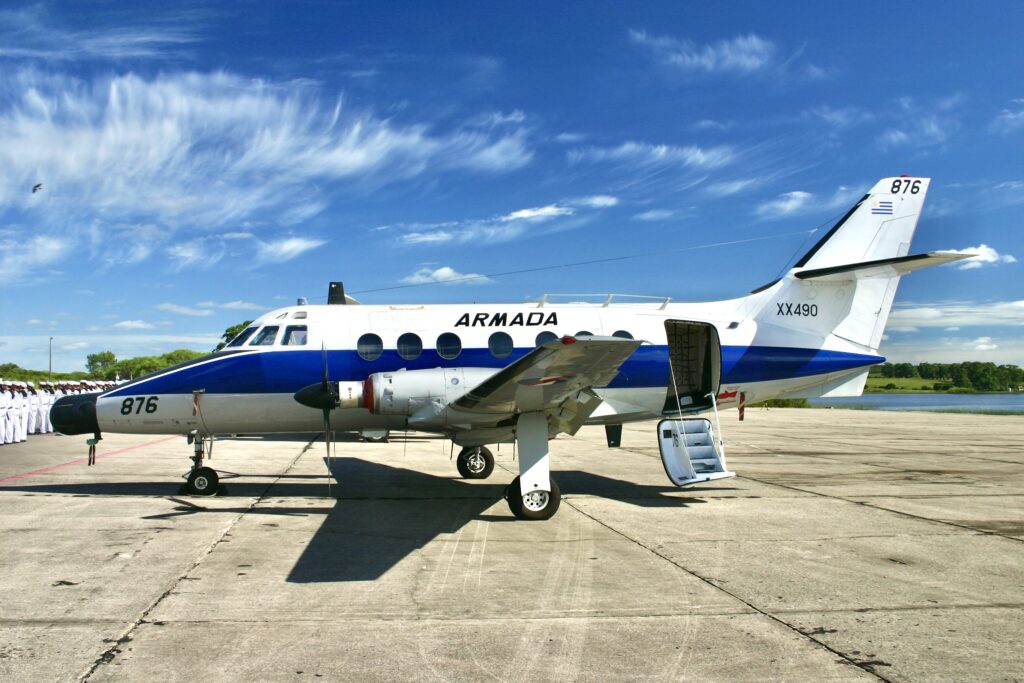
During the FIDAE 2016 Air & Space fair held in Chile every two years, discussions were held between the Chilean Navy Commander-In-Chief and the Uruguayan Navy Admiral Leonardo Alonso. The ANCh was in the process of obtaining seven Italian built Vulcanair P-68 Observer twin piston engined patrol aircraft, therefore the Skymasters (obtained in 1997) from the US under the Mutual Assistance Program (MAP) would become surplus to requirements. The offer was once again on the table for Uruguay to get hold of these aircraft. In accordance with the MAP rules, the transfer of the type to a friendly nation as Uruguay could proceed – prior agreement from the US State Department – which approved the transfer in early 2018.
In US service the Skymaster was mostly utilised by the USAF 20th tactical Air Support Squadron as an observation and Forward Air Control (FAC) platform in the Vietnam War, from January 1967 onwards. Some were also supplied to the South Vietnamese Air Force. Its twin engine push & pull arrangement providing a distinct advantage over the single engine Cessna L-O1 “Bird Dog” that it replaced. Two Continental IO-360-D were fitted producing 210 hp at 2800 rpm; with the peculiarity that the front traction propeller rotates clockwise whilst the rear pusher propeller, spins anticlockwise. Ordnance hard points were fitted under the wings to carry rocket launchers and machine gun pods. A total of 178 aircraft were lost during this South East Asia war.
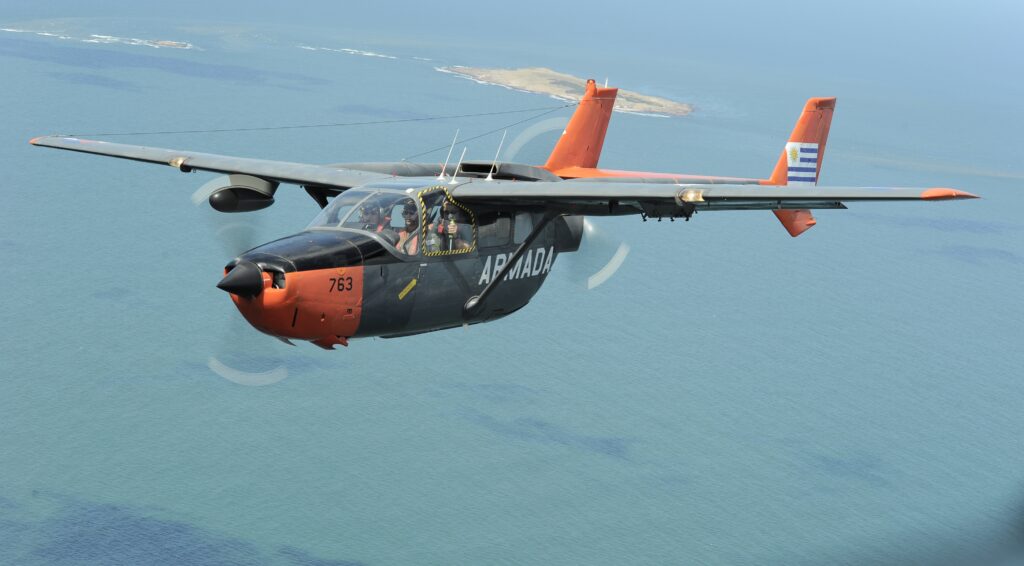
URUGUAYAN NAVAL AVIATION GETS READY
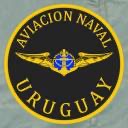

On the week of 20-25 April, 2017 an ANU three men technical team composed of CF Nicolás Sanguinetti as Mission Commander and TN Antonio Ballestrino and TN Antonio Borges as technical officer, visited the Chilean Navy Base Aérea de Concón (Concón NAS) near Viña del Mar, northeast of the capital Santiago, to assess the aircraft to be selected. The ANCh operated ten Skymasters on fluvial patrol duties replacing a fleet of Airbus Helicopter (former MBB) BO-105C helicopters, utilised for these tasks at ten times the operating cost of the O-2A . The ANU technical team selected the last three Skymasters that were operational until January 2017 in Chile: N335, N336 and N338 (N stands for Naval in Chile) and made a complete report. Part of their job was to revise the selected aircraft present condition, flight and maintenance records, amount of spare parts available as well as assessing with their Chilean comrades how they operated the type and how the aircraft would be put to good use in Uruguay. Once transferred to the ANU they became Armada 761, 762 and 763 respectively (s/n MO 402, 425, 435). It is estimated that these airframes – all built in 1970 – could still fly for a further 10.000 hours.

Now that the US State Department authorised the transfer and one year later from their last visit to Chile, three ANU pilots, CF Nicolás Sanguinetti, CF Álvaro Beares and TN Fernando Umpiérrez started during April 2018, flying and ground school training for the type in Uruguay. The instruction was performed on an civilian Argentine registry Cessna 337A – of similar flying characteristics to the military O-2A – and conducted by an Argentinian civilian flying instructor at the Colonia aerodrome in western Uruguay. This field was selected as for the crews could get experience on small and narrow runways, similar to the possible diversion aerodromes to be found on the incoming ferry flight from Chile. To accelerate the learning, as the departure to the Andean nation to collect the aircraft was imminent, the course was conducted on double shifts and completed in four days.

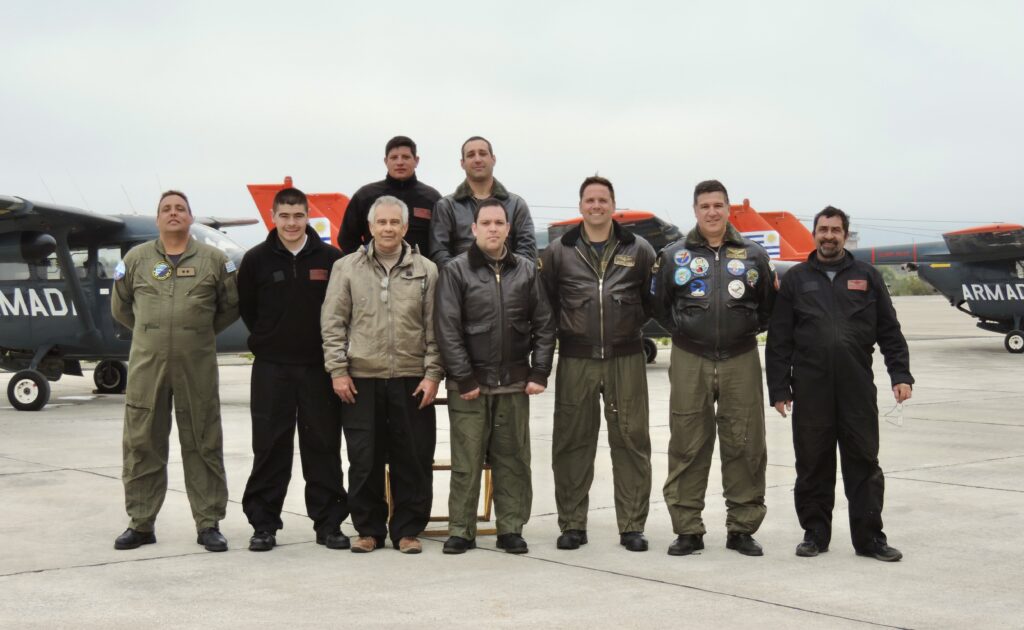
With the flying training complete, a further nine men ANU contingent under the command of CF Nicolás Sanguinetti, including pilots as well as military and uruguayan civilian technical personnel, was deployed to Concón on July 29, 2018. Their task was to prepare the aircraft for the ferry flight – that had not flown for the last two years – and organise 16.000 items of spare parts. The above-mentioned included propellers, instruments and five Continental IO-360D flat six piston engines – that would be shipped home by road. Impressively, all the remaining spares parts from the Chilean Skymaster fleet was made available to Uruguay. The workload was relentless as the squad worked Monday to Saturday from 08:00 till 21:00. The ANCh – maintenance staff, busy with their new P-68 fleet, still found time to assist their uruguayan comrades, even though the force outsourced the maintenance of their preserved Skymasters to FEB Aviation, a civilian contractor who also provided training to the Uruguayan maintenance crew. Skymaster N336 (A762) was worked on first and was ready to be fly tested in three days. N335 (A761) had some minor battery and electrical wiring problems, however it was the first of the type to be flight tested satisfactorily by ANU pilots, with N338 (A763) ready shortly after.
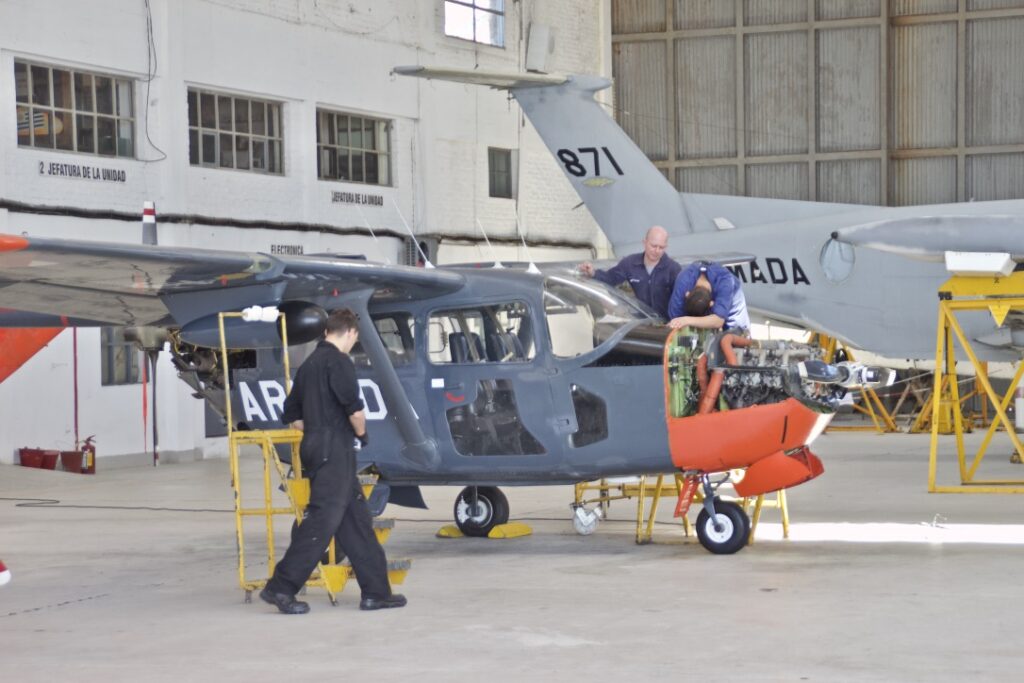
FERRY FLIGHT
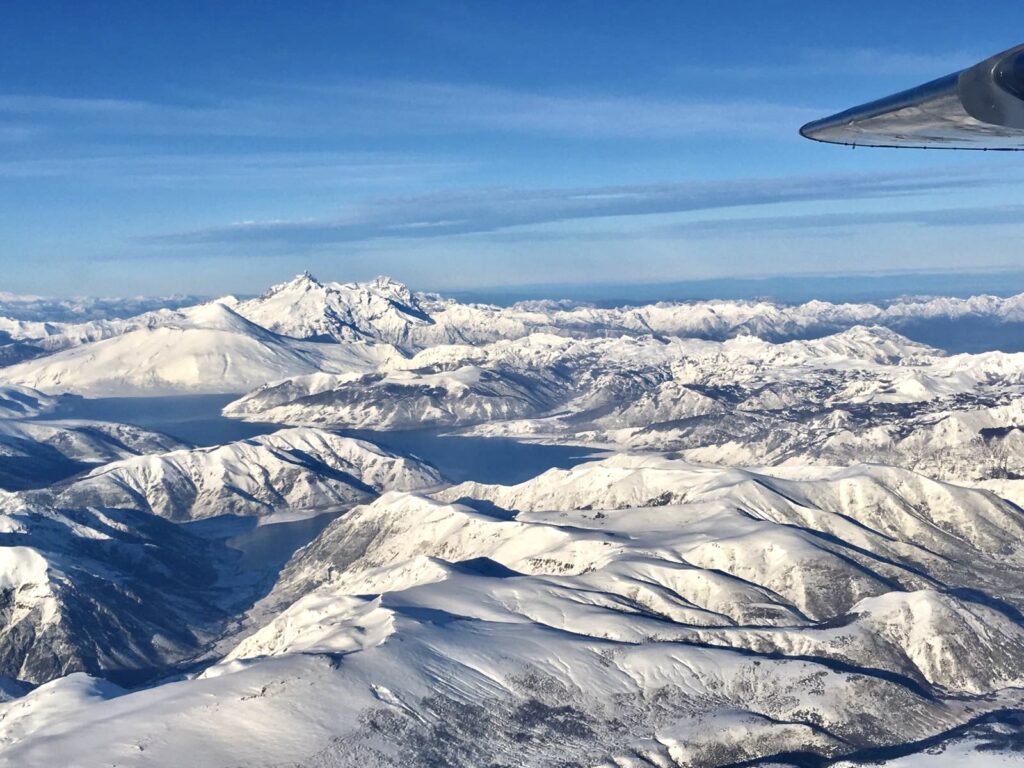
On August 13, 2018 the aircraft departed Chile from Concón NAS (SCVM) towards their new home in Uruguay. Armada 761 was flown by the mission commander, CF Nicolás Sanguinetti and NCO Juan Correa, pilots for A762 were TN Fernando Umpierrez and TN Antonio Borges and A763 was commanded by CF Álvaro Beares accompanied by Corporal Maycol Pereira. It must be stated the huge debt of gratitude felt by the uruguayan continge towards their chilean brothers, for all the considerate assistance given during their three week mission. The initial two hour leg of the journey from Concón was south to Concepción (SCIE), were the aircraft nigh-stopped. The following day the aircraft departed east towards the towering Andes Mountain range, with an interval of ten minutes between each of the three Cessnas. The last of the three aircraft to get underway was A761; allowing the first two – equipped with weather radars – to lead the way as to provide relevant and potentially hazardous weather data to the last Skymaster. They crossed the Chillán pass on the Andes mountain range at FL 130, saying goodbye to Chilean airspace (FIR Santiago) at the Kamur waypoint and entering Argentina’s territory (Ezeiza FIR) arriving at Neuquén airport (SAZN) two hours after take off. The small fleet continued on the next day towards the Argentinian Navy Comandante Espora Naval Air Station (SAZB) in Bahia Blanca where the crew rested until August 17.


A great sense of camaraderie and mutual respect has existed for a long time between the navies of these two neighbouring nations, often sharing training and providing human and material resources when needed, thus the reason that at Espora, the ANU team more than as comrades was received as brothers. The Skymasters continued their way home on August 17, previous refuelling stop at the Argentinian seaside resort of Mar del Plata (SAZM). They finally entered Uruguayan airspace that afternoon, and after a ‘join up’ over Gorriti Island – the chosen rendezvous point – opposite beautiful Punta del Este, set heading towards the BAEN 2. The three aircraft then proceeded into a parade formation (unpractised on the Skymaster by ANU pilots up to that moment) to perform a flypast over the air-station, and after landing they were greeted and welcomed by Government and Naval authorities. (See images below – ANU)

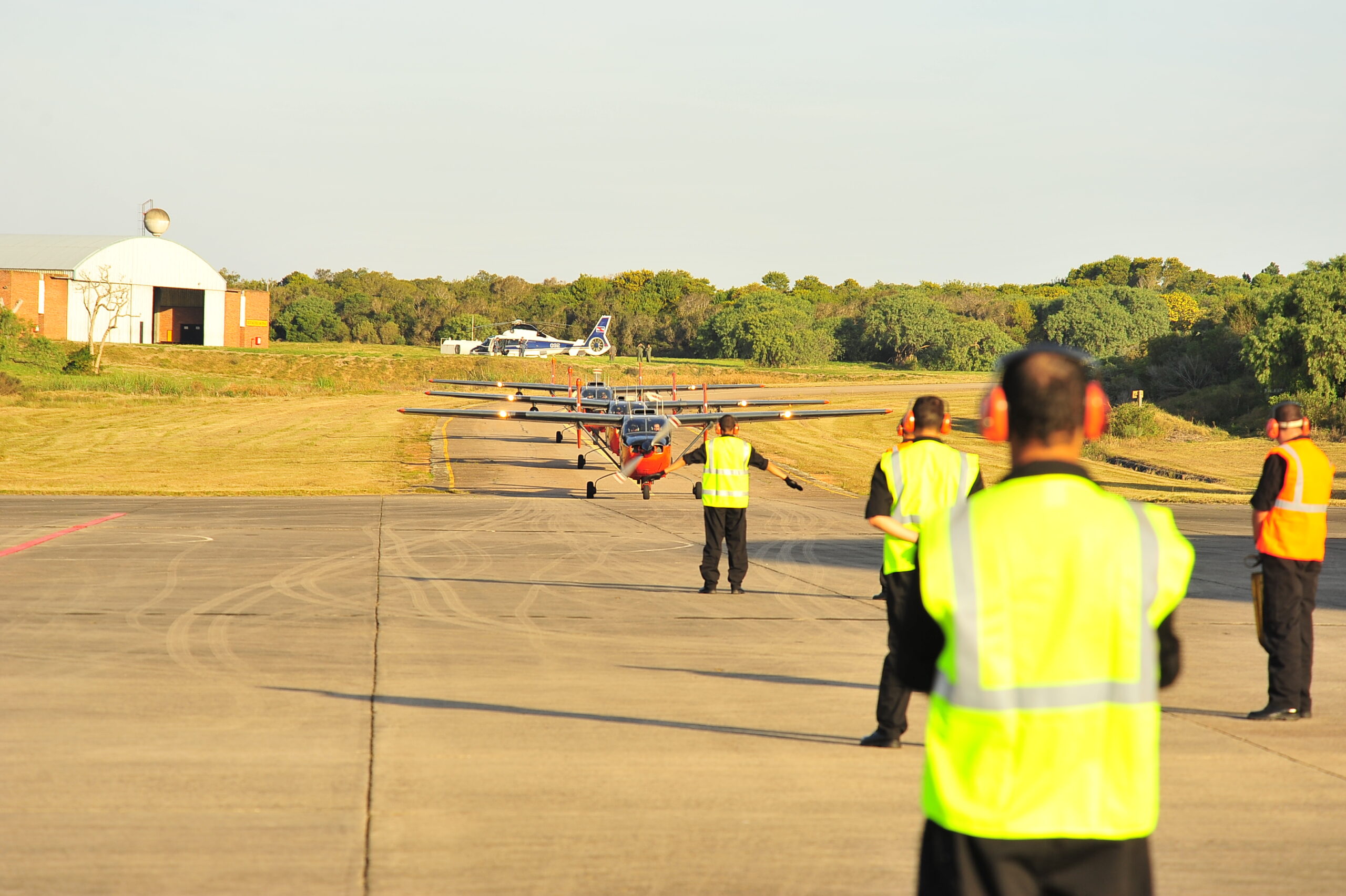
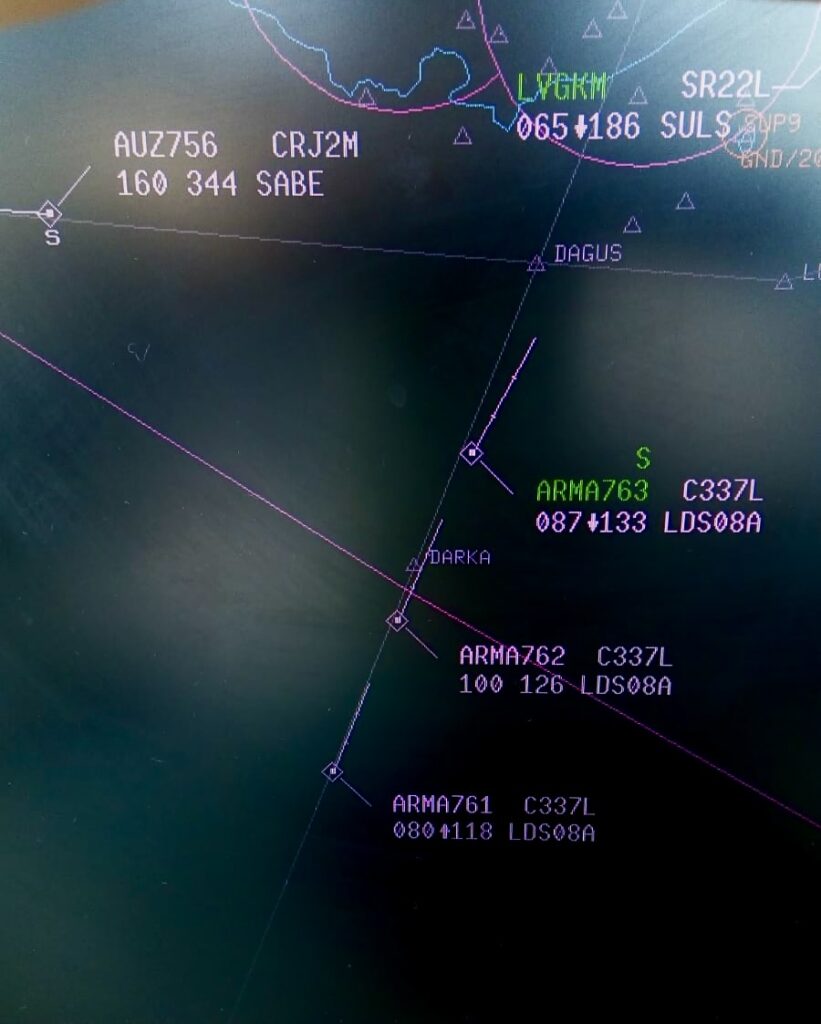
MODIFICATIONS & DIFFERENCES
A EO/IR (Electro-Optical/Infrared) system has been fitted to the three aircraft in Uruguay. The service has been reluctant to share the model and manufacturer; however we know that two different models are available. These kits will augment the force capability for Maritime Patrol (MAP) & Coastal Surveillance, Intelligence, Surveillance and Reconnaissance (ISR), day/night Search & Rescue (SAR), targeting and border surveillance. All have now a Bendix ART 2000 weather radar fitted as well as a Garmin G5 solid state artificial horizon. The latter have also been fitted on the service’s Beechcraft T-34C1 Turbo Mentor trainer/light attack turboprops, improving reliability and safety as this system – in case of an aircraft electrical failure – continues to indicate attitude, altitude and speed. This is made possible as an integral battery is fitted in the kit, allowing up to fours hours of continuous operation. The force engineering department implemented the fitting of weapons on wing pods (not supplied by the ANCh) but available in Uruguay, like a 7.62 mm Twin and Single Mag machine gun (carried on the inboard hardpoint only) and a 2.75in (70mm) rocket launcher for limited Close Air Support (CAS). Following a manufacturer’s service bulletin, the main undercarriage wheel bay covers were removed. The purpose was to improve the aircraft’s performance during the main undercarriage up and down transition, as they act as an air brake generating drag. Additionally they decrease the airspeed between 5-10 knots during critical phases of the flight like take-offs and landings. Add an engine failure to the scenario and things could get very wrong fast!

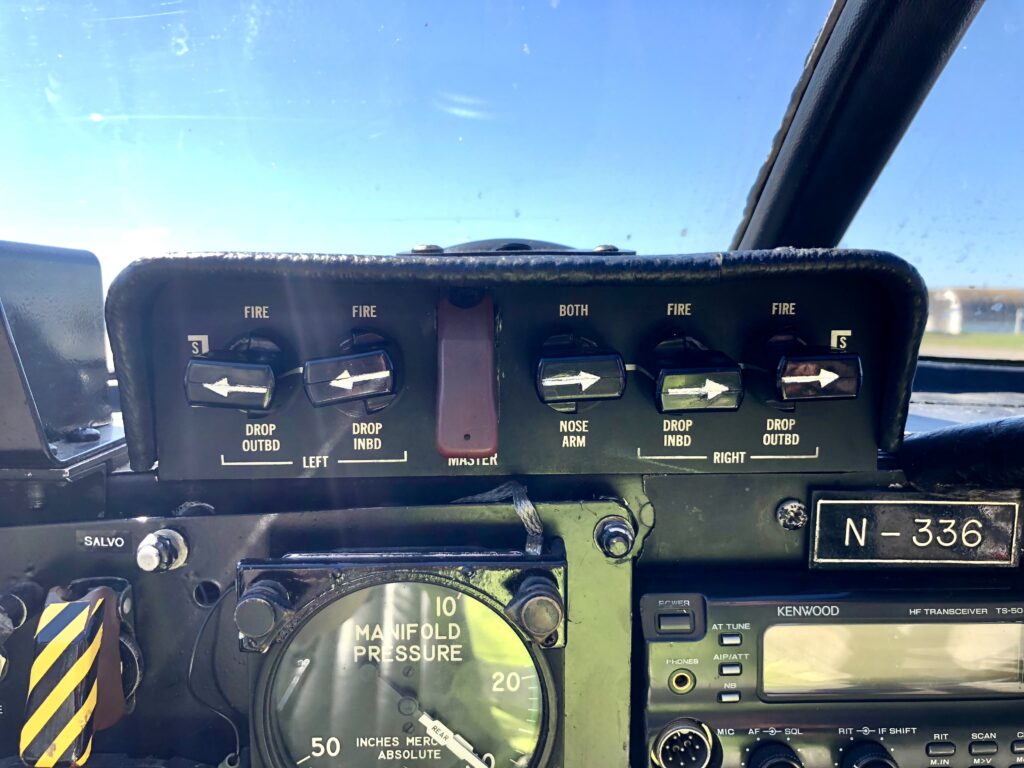
Some variations of the O-2A from the civilian 337 model are the larger pilot side, upper and lower observation windows to improve monitoring activity on the ground or directing friendly fighters above during FAC missions. These changes required the fuel system to be re-routed and fuel tank selectors were moved from overhead to above the doors. An emergency fuel selector was fitted, to allow fuel to flow simultaneously from both tanks to the pair of engines.The right hand-entrance door can be expelled from its hinges for a rapid evacuation – even inflight – by pulling a large black & yellow painted lever, fitted to the door. Early Skymasters were not equipped with propellor spinners yet the ANU aircraft do have them on the front engine. Fore-and-aft seating for a pilot (armored) and observer were available. At each of the rear windows, there are compact “storm windows” fitted at either side of the aircraft; well back from the pilot’s seat. Vietnam veterans mentioned that these were used when observers were carried, to slide out a M16 rifle for self protection! (The author was told that one of the ANU’s Skymaster saw action in the Vietnam war). The fuel tanks are lined with fuel retardant foam and the installation of military communication/navigation equipment and relevant antennae (an avionics rack and the battery are found rear in the cabin). For communications the ANU Skymasters possess two VHF/AM radios, one VOR, one ADF, GPS, HF radio and one VHF/FM coded maritime radio. An Armament Panel is centrally fitted in the instrument console and to the left a CA-505 Non Computing Optical Gunsight (similar to the CA-503 model fitted on another Cessna, the A-37B Dragonfly jet) can be fitted when ordnance is to be used. A ‘fire-button’ is located left on the pilot’s control column and the whole weapons load can be ejected on an emergency, by pressing a ‘SALVO’ button.
For more Dragonfly check our articles: A-37B ROAD DEPLOYMENT: “Highwaymen” & A-37B “Dragonfly” – Post Maintenance Fly Test) & Martin Baker Ejection Seats-Safer life for an old jet.
The type is appreciated for its all around visibility with plexiglass fitted on doors for downward views, including a “bubble” window on the left seat and interestingly the wings leading edges are located back far enough as not to block upward vision. The flying characteristics are very much “Cessna like” and no negative, asymmetrical thrust issues, are associated with an engine failure as both power plants are located on the aircraft central axis. Indeed, some occurrences have been reported by other operators where a rear engine failure goes unnoticed by the pilot. Depending on the mission the Skymaster is flown with a crew of three, pilot, co-pilot and observer. The aircraft are simple, common and easy to be maintained locally; as many parts are compatible with the Cessna 182RG found in the civilian market. Each airframe has approximately 10.000 hours of flying time and Cessna estimates the type’s useful life to be 20.000 hours. For these reasons the ANU manages to have at least one of these aircraft available H24 with full fuel; with flight and dispatch maintenance crews always on standby.
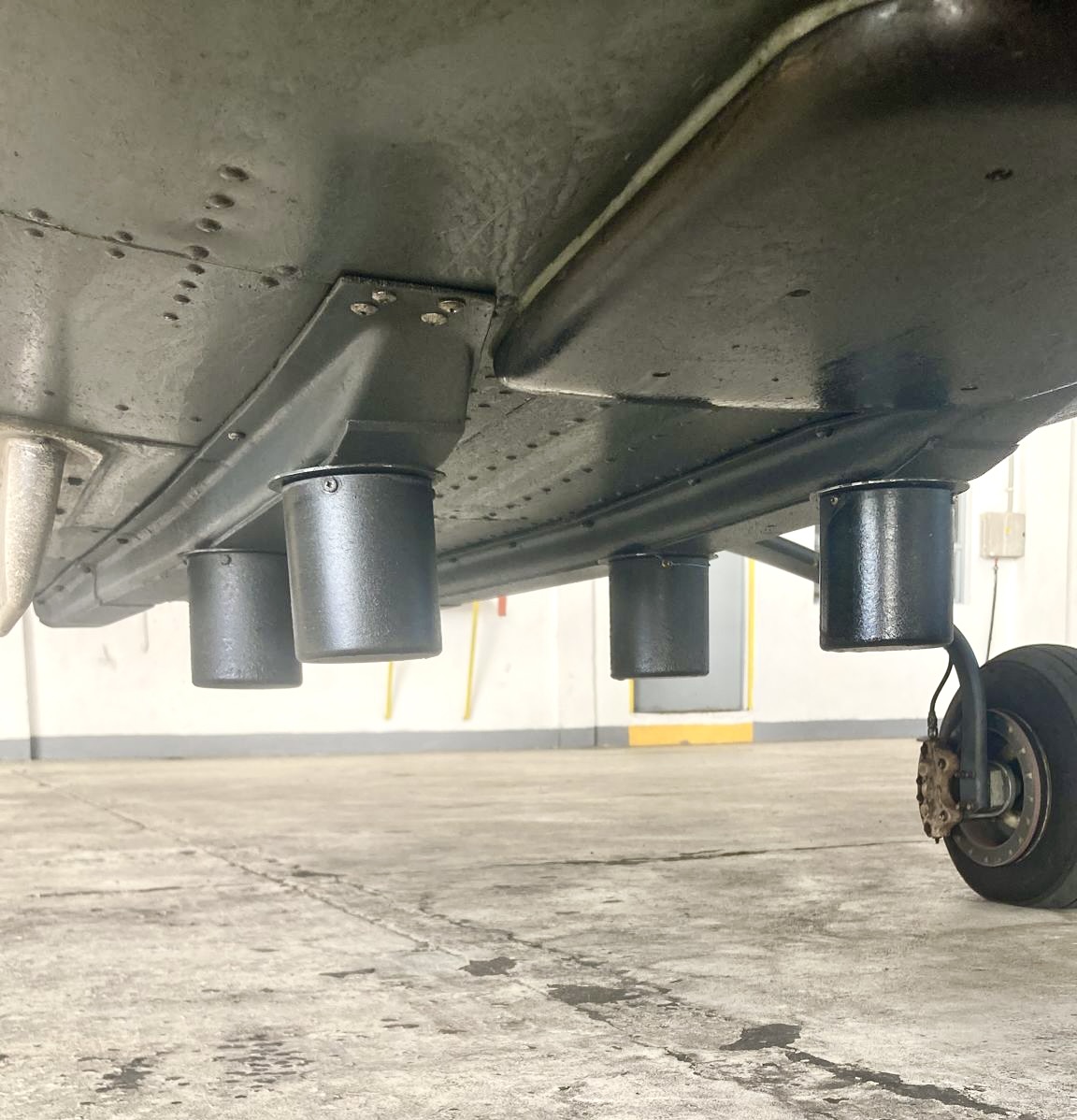
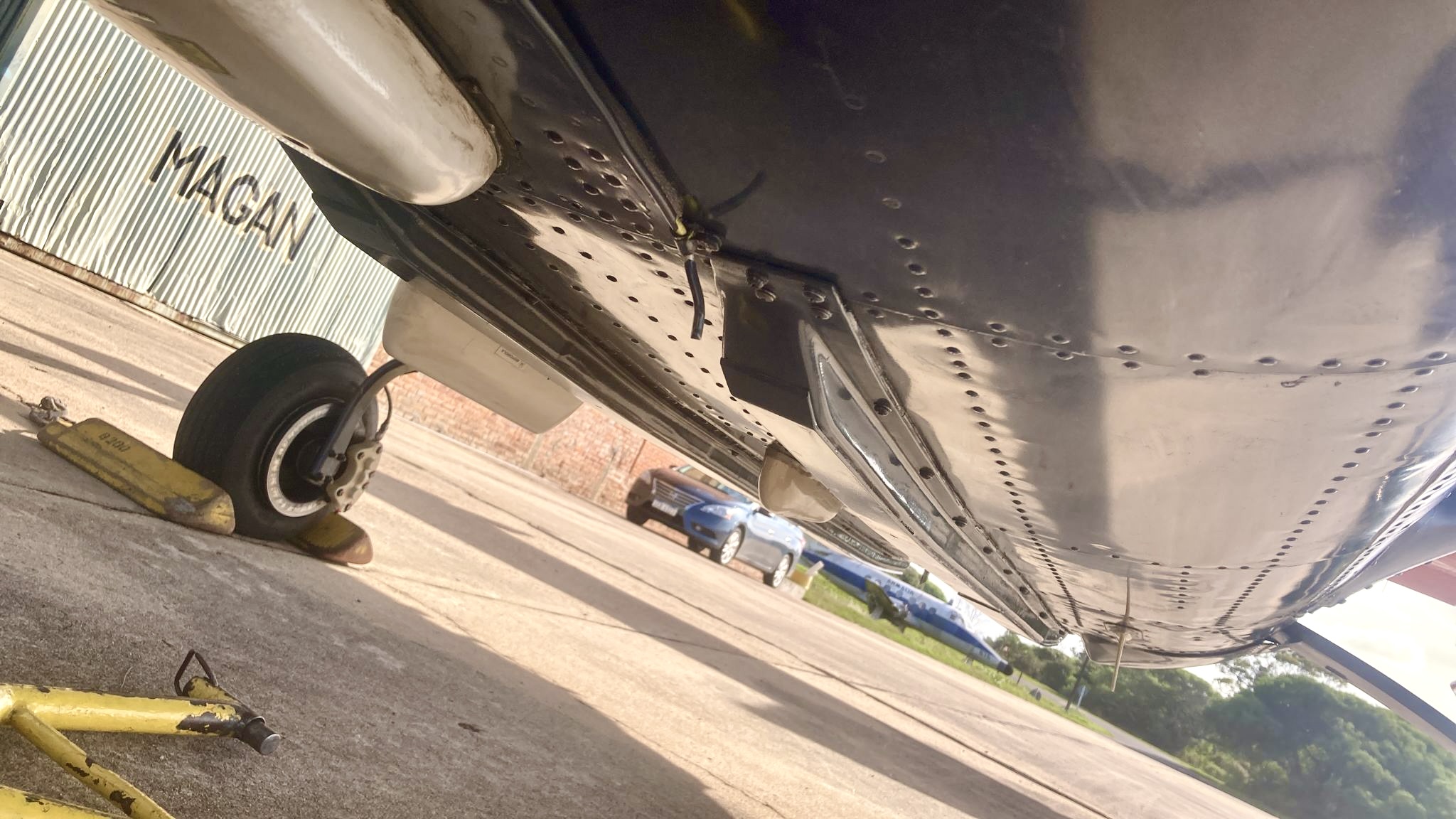
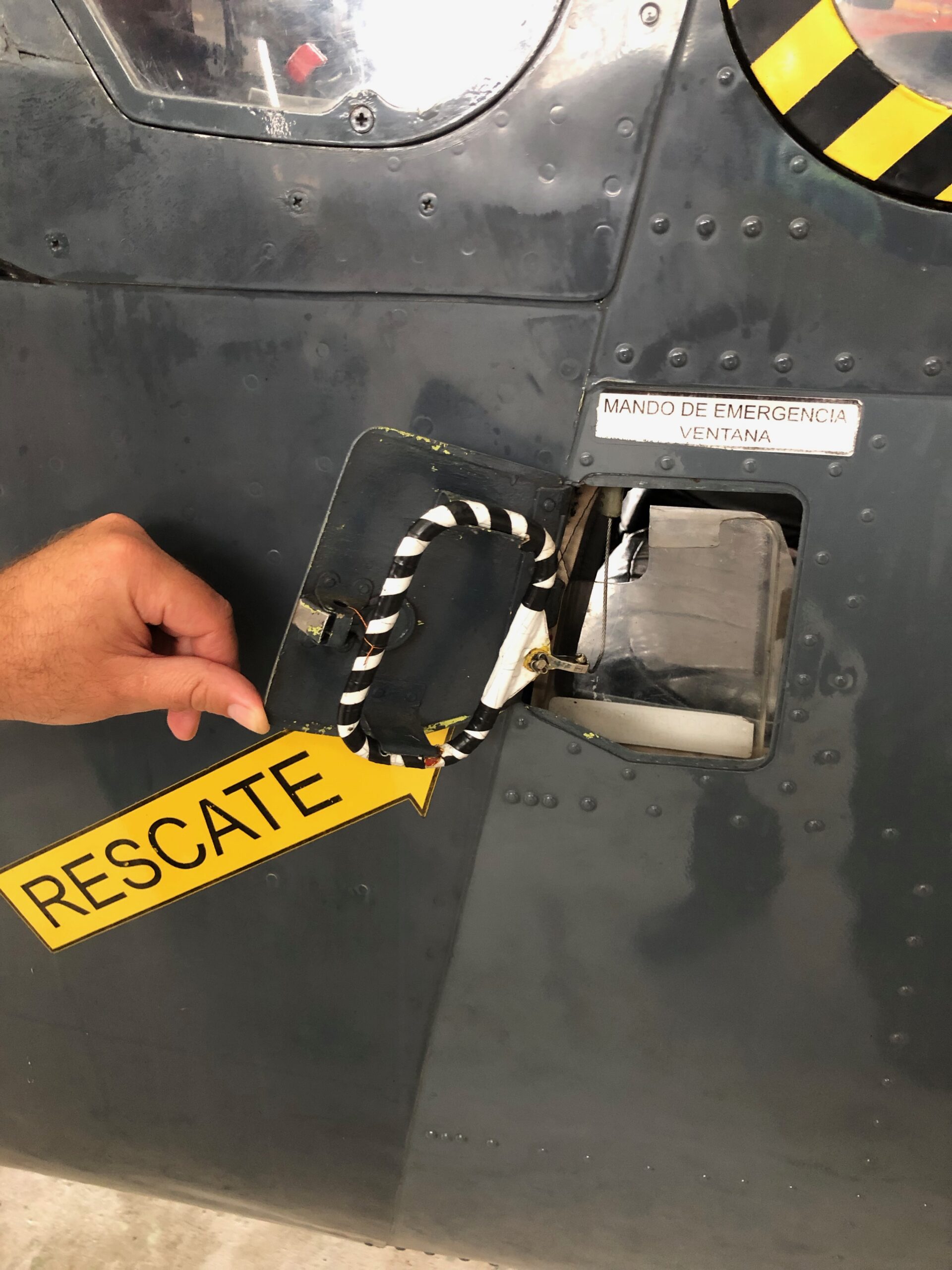
A peculiar feature of the O-2A is that they have either two ventral longitudinal rails (called ‘belly skids’) or two rows of vertical cylinders (‘lifting eyes’) extremely useful to avoid the fuselage being harmed if a wheels up landing is required, due to combat damage or failure to lower the undercarriage system. The latter is similar to most Cessna RG (Retractable Gear) types; with the difference that the telescopic lever – located on the floor between the two front seats – that activates the hydraulic pump to lower the undercarriage, it can also bring the wheels up. The instrumentation is all electric – there is no vacuum system, the rear engine has larger cowl flaps to aid cooling, as well as a fire detection system (fire on the front engine would be obvious!).The wing spar was strengthened with thicker wing mounting bolts, the undercarriage had reinforced mountings with heavy duty brakes. All of these changes increased the weight up by 3% reducing performance at higher altitudes. Aerobatics are not permitted, however a high load factor of + 3.8G was possible with a full load of weapons and following these changes from the civilian model, the O-2 was considered satisfactory for low level work by the USAF.
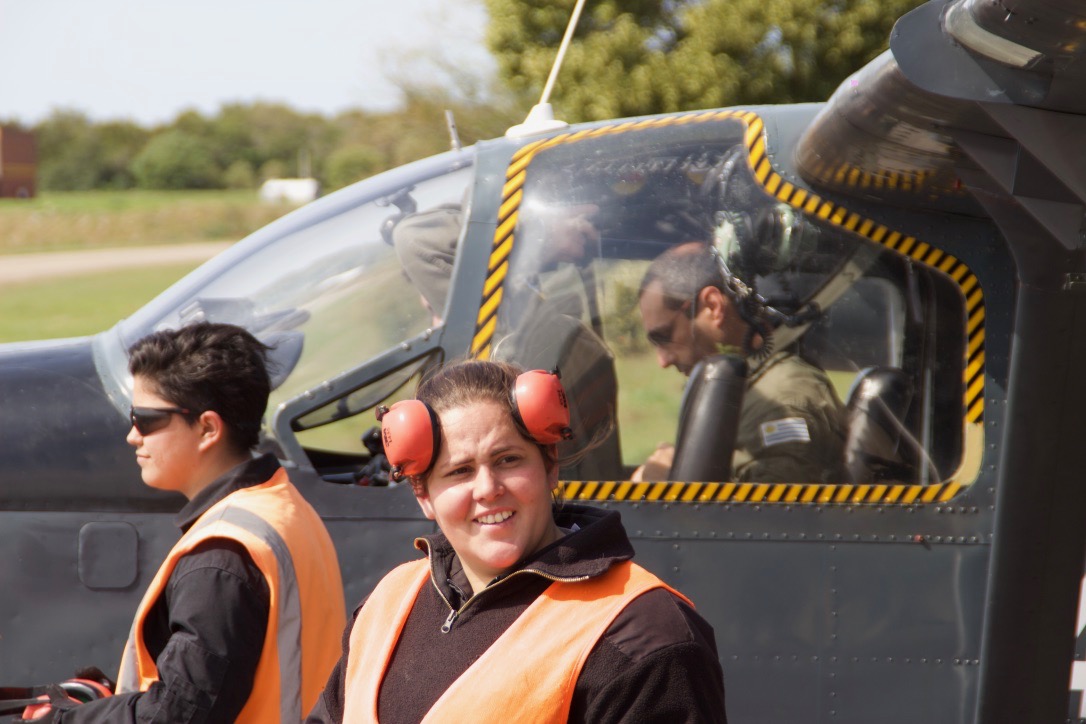
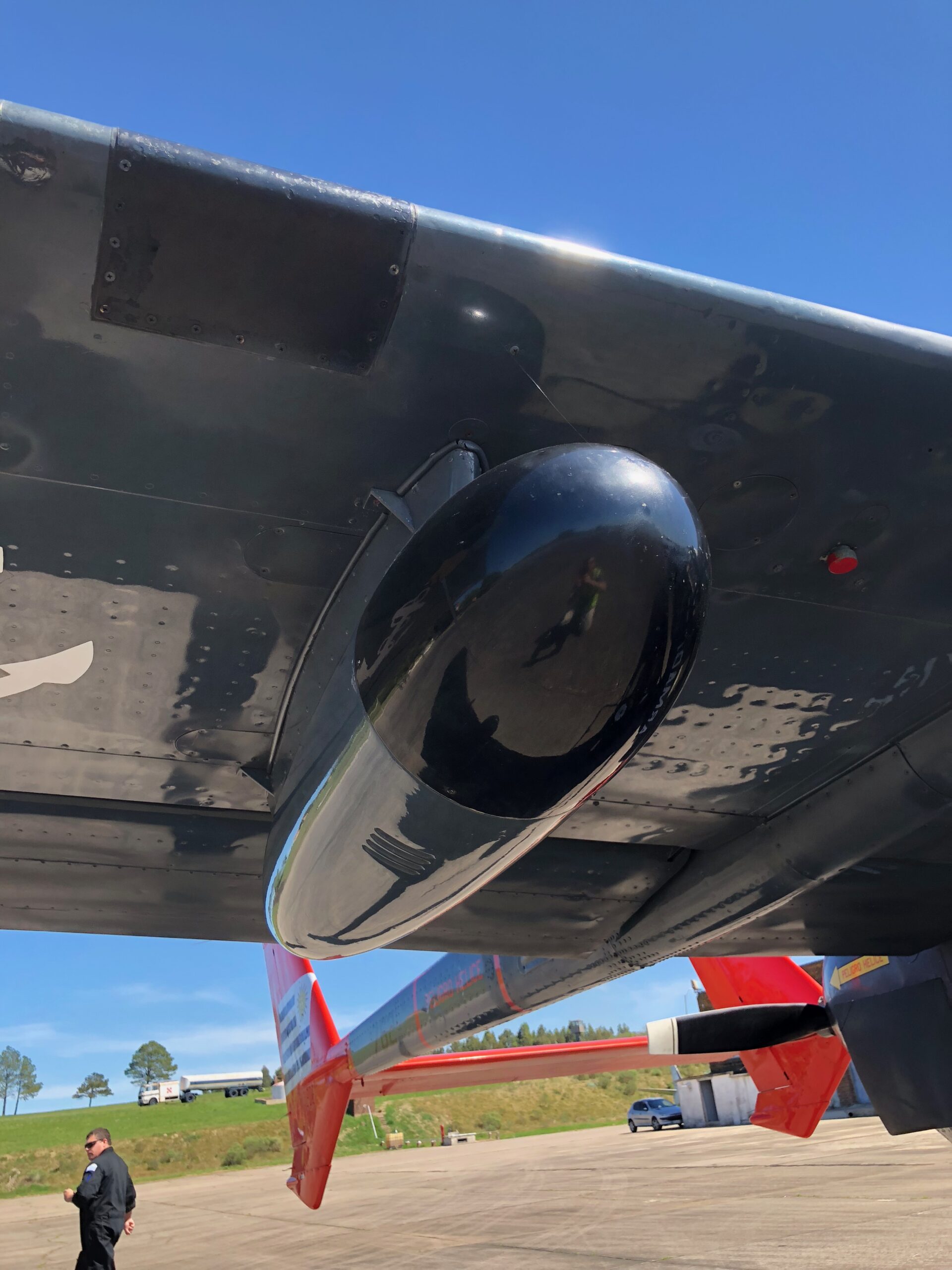
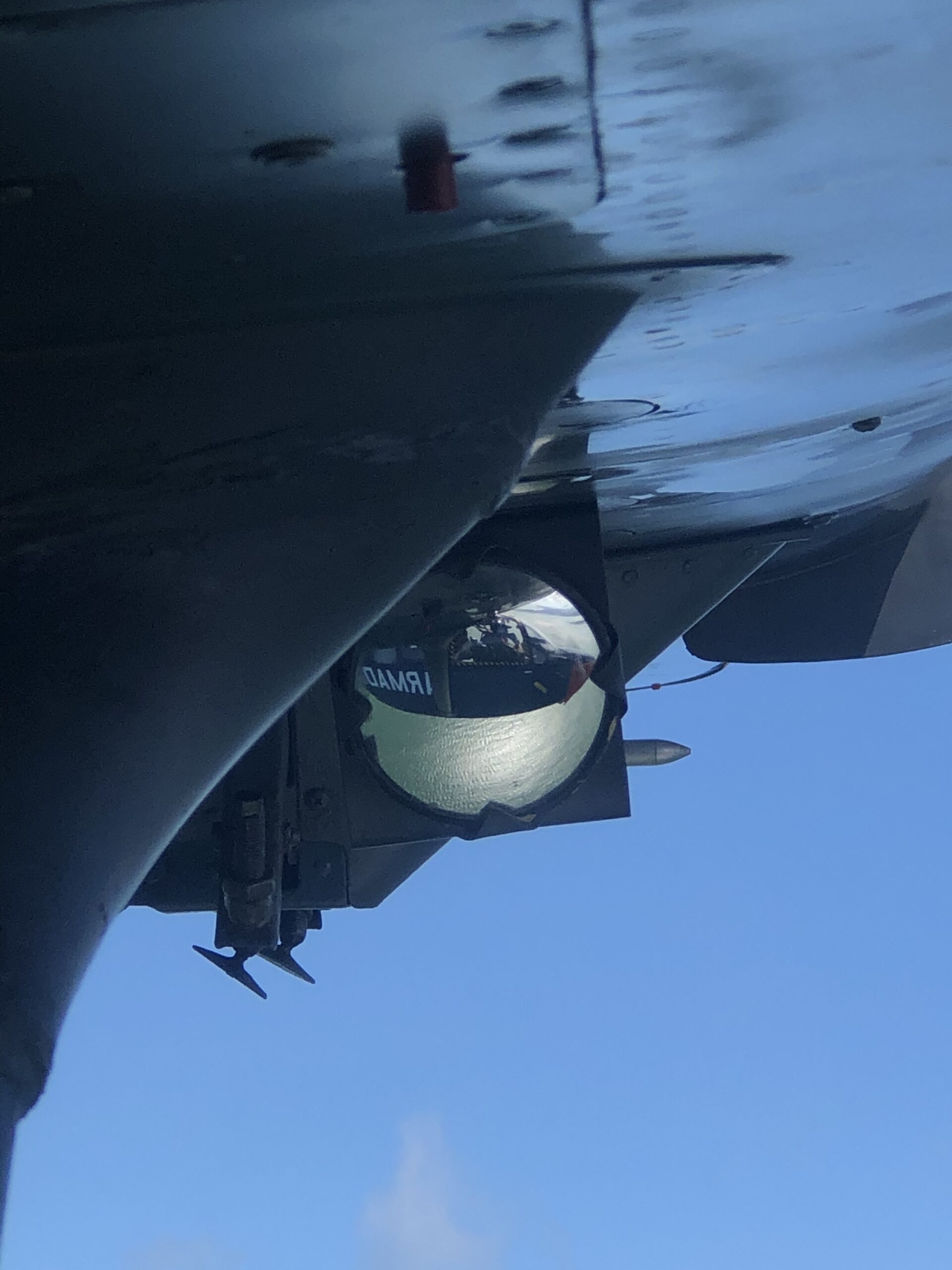

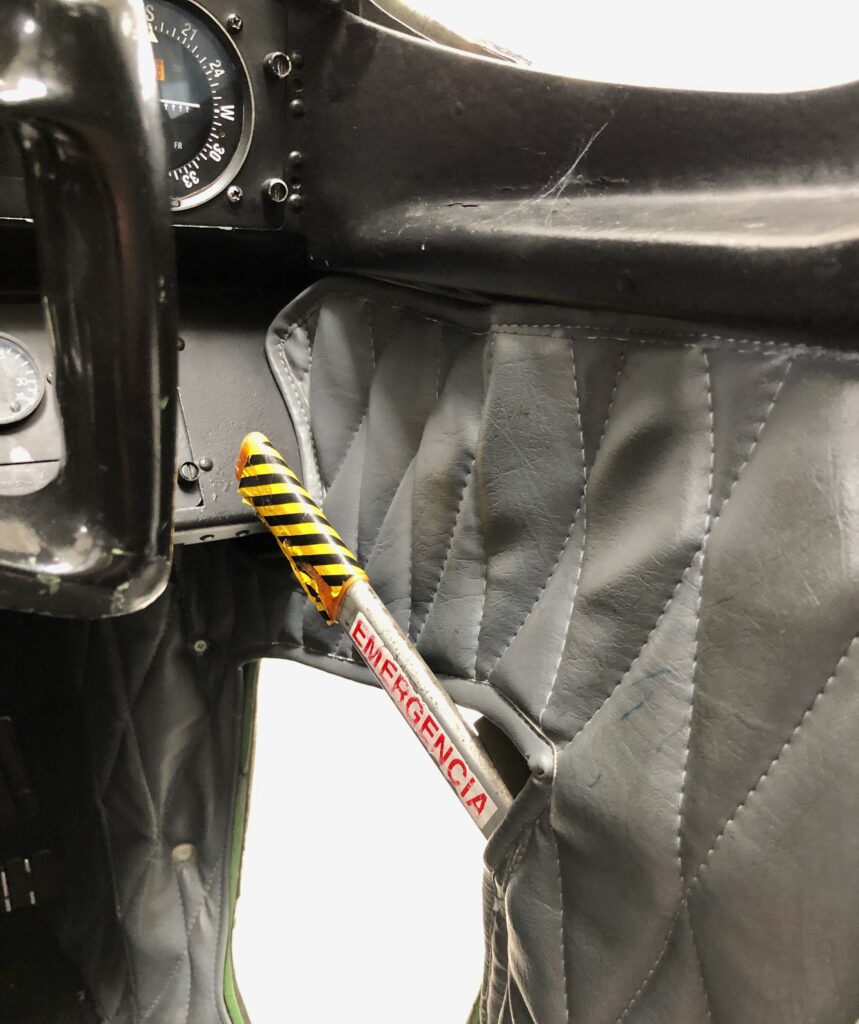
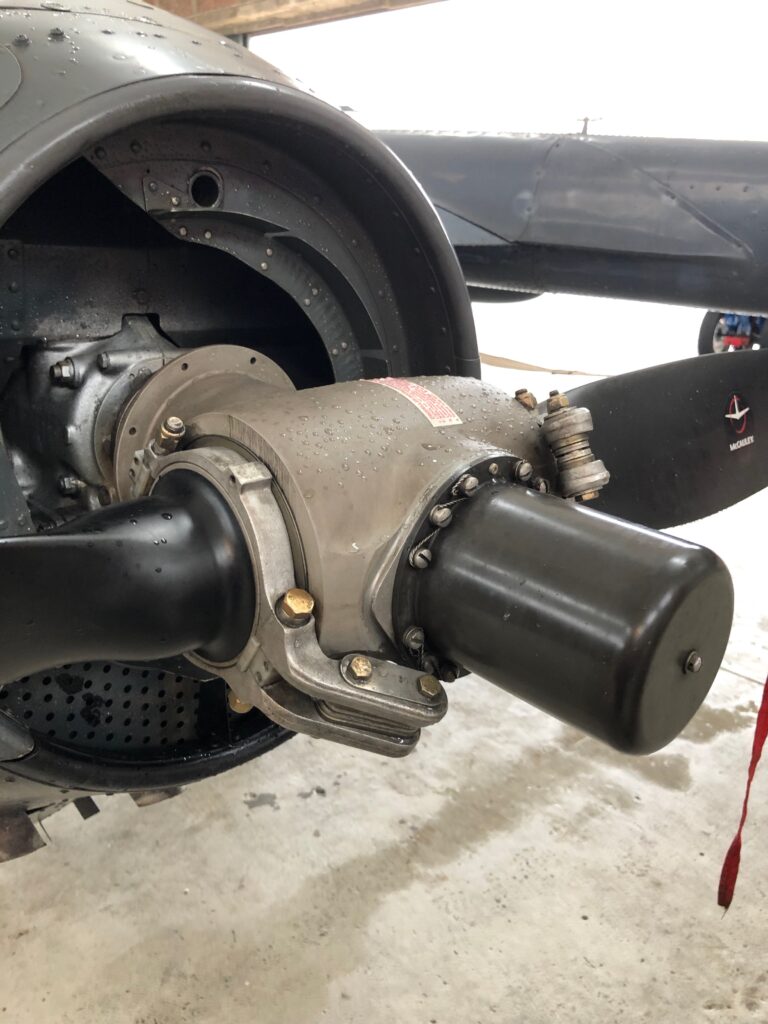
ON DUTY: ON THE ATLANTIC AND THE RIVER PLATE!


The aircraft is a welcome addition the ANU’s fleet and its Escuadrón de Exploración y Guerra Antisubmarina (Scout and Antisubmarine Warfare Squadron) which for decades operated a fleet of Grumman S-2A/G Tracker; now long retired and sadly never replaced. After a brief period of pilot and maintenance personnel training, the type was placed on duties mainly for coastal and fluvial patrols. These task are carried out alongside the Uruguay River shared with neighbouring Argentina in the West and the Merín Lagoon adjacent to the eastern border with Brazil. During the Covid-19 pandemic in 2020, the Uruguayan central government had closed the nation’s borders. This decision was strictly enforced utilising all branches of the armed forces; with Naval Aviation taking part by conducting border patrols, reconnaissance flights over critical infrastructure, waterways checks for cyanobacteria and cattle rustling.
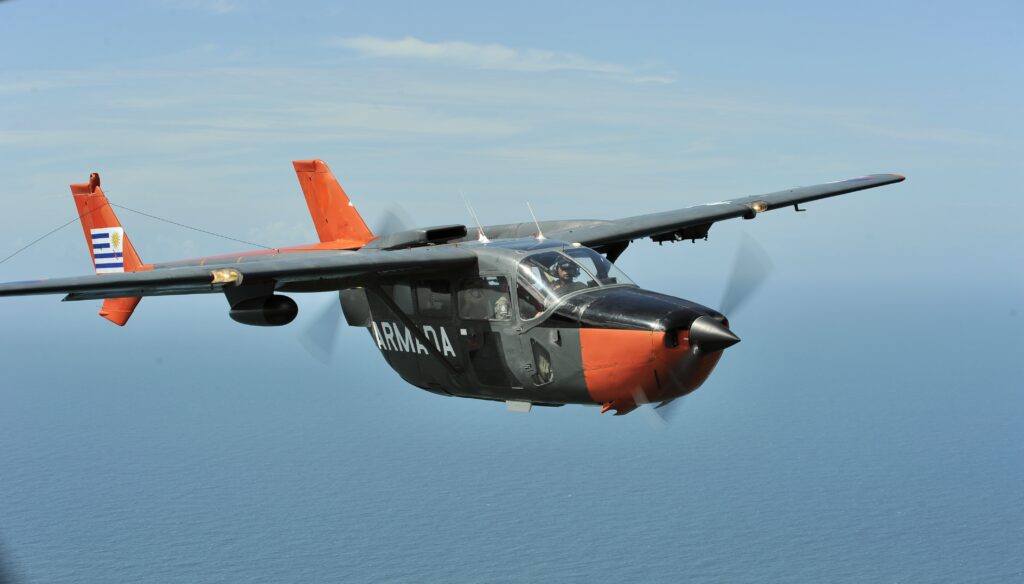

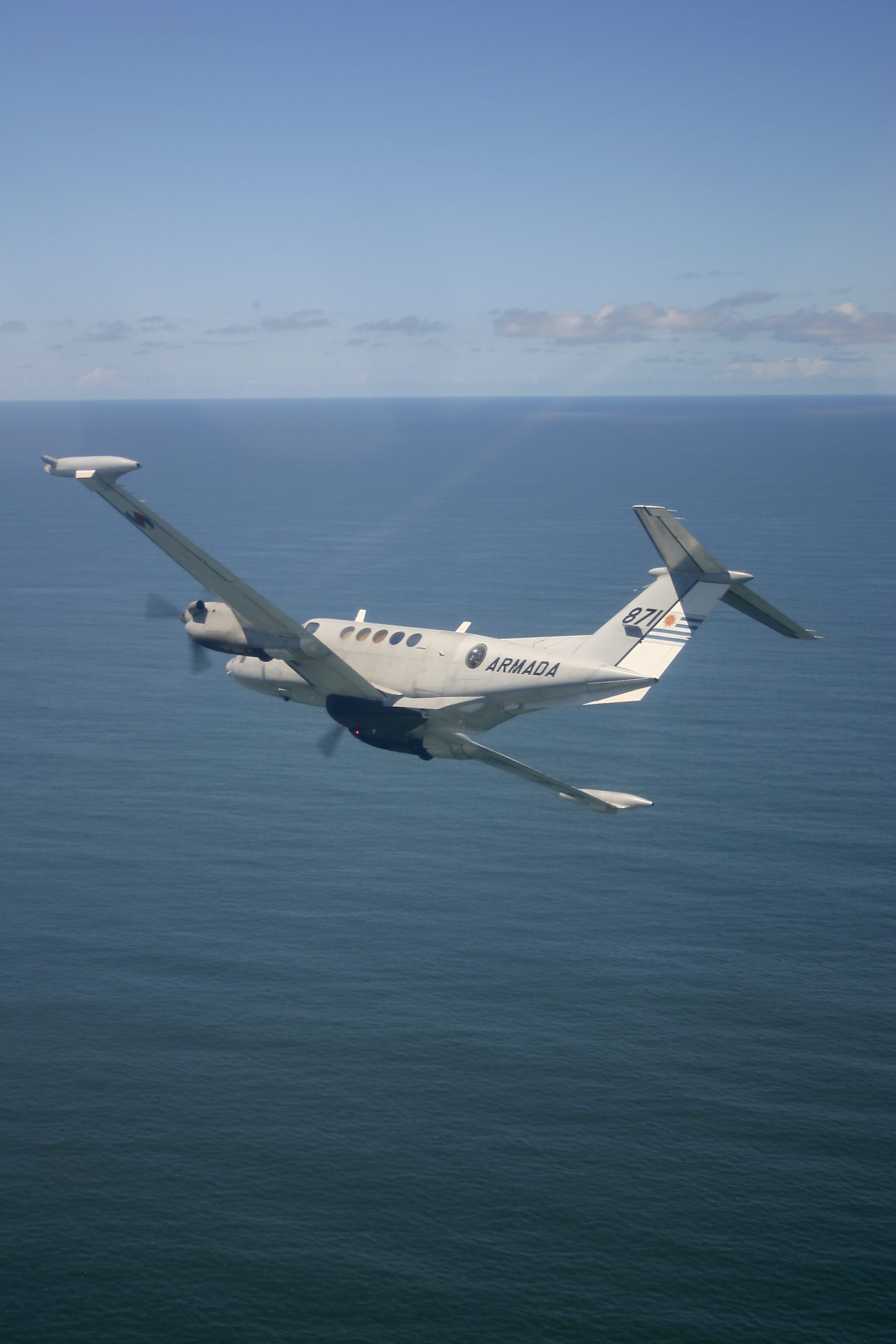
The Skymaster fleet thus complements the service’s twin engined Beechcraft B200T (A871) and B200 Super King Air (A872) used for Maritime Patrol (MAP) missions. ( Full article here: Beechcraft B200T Maritime Patrol (Uruguayan Naval Aviation) The larger turboprop King Airs are faster, better equipped and able to remain longer on-station therefore are competently suited for duties far from base and over the Atlantic Ocean. Incidentally all B200 pilots are qualified to fly the smaller Cessnas – the transition course taking some 15 hours of flight training – simplifying manpower issues when crews are rostered to perform standby/alert duties. Due to the lower performance of the O-2A when compared with the King Airs – lower airspeed, longer time to reach the destination and shorter time on station – it was thought auspicious to create a separate squadron to be named Escuadrón de Vigilancia Costera y Fluvial (Coastal and River Patrol Squadron), however it was never created.


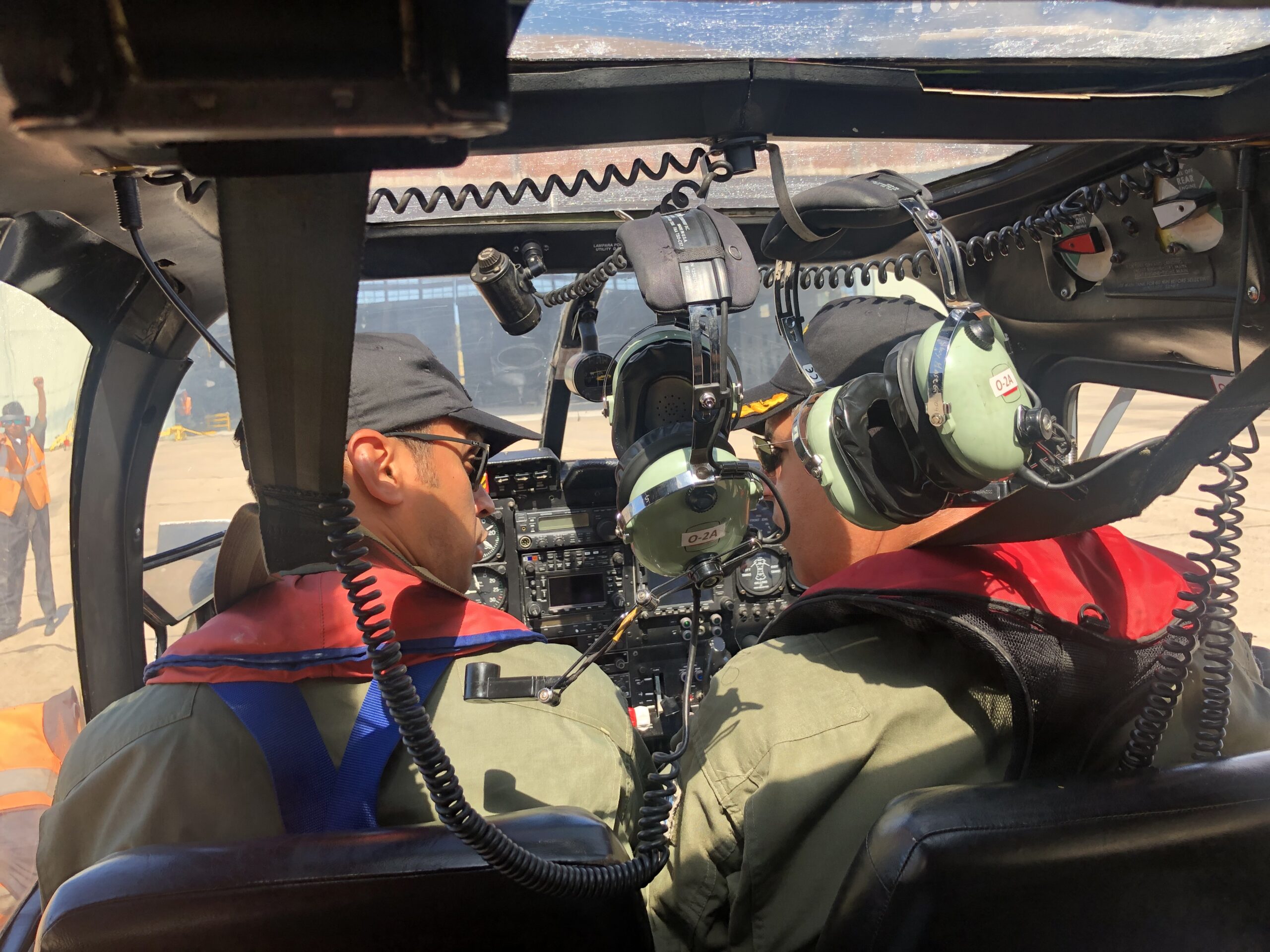
For Search & Rescue (SAR) tasks the aircraft can carry on a left wing hardpoint, items up to 250lb (113kg) like a Skymaster Unipac 2 airdrop kit containing survival equipment and a ten person water raft. The ANU being a small part of the Uruguayan National Navy, and possessing a small fleet of aircraft, its latest fixed wing addition allows the force to provide support to the Prefectura (Coast Guard) without utilising flight hours on the more complex and expensive to operate B200 fleet. The Skymasters are equipped for IFR flights and carry out extended searches for up to 2:45 hr duration, usually at no further than 80nm from the coast. However they have carried out SAR operations to 120 miles from the coast and beyond whilst flying over the wide River Plate or Atlantic shores. With the aircraft’s range of 4 hrs 30mins. -5 hours and burning close to 12/13 UsGal/hour, missions within this geographical distances are fairly economical on the type.

Indeed on a recent operation Armada 763 conducted a mission up to nearly 120nm from shore, when a ANU Agusta Bell 412HP (A042) helicopter was launched on a high seas Medevac to rescue a sailor suspected of having a heart attack from the Uruguayan fishing trawler “Canadian Spirit”. The ANU follows protocols published on the IAMSAR (International Aeronautical And Maritime Search And Rescue Manual – Volume III) which provides standardised procedures to be adopted by all parties involved during distress conditions. Armada 763 being a faster platform than the rotary wing element; was launched ahead to complete necessary tasks prior to the arrival of the helicopter. The uruguayan Centro Coordinador de Búsqueda y Rescate en el Mar (MRCC – Search & Rescue Coordination Centre at Sea) was the recipient of the ship distress call; which executed a full assessment of the case via satellite communications. Then instructed the ship to set heading towards Punta del Este in the east of the country as to shorten the distance between rescuers and the trawler.

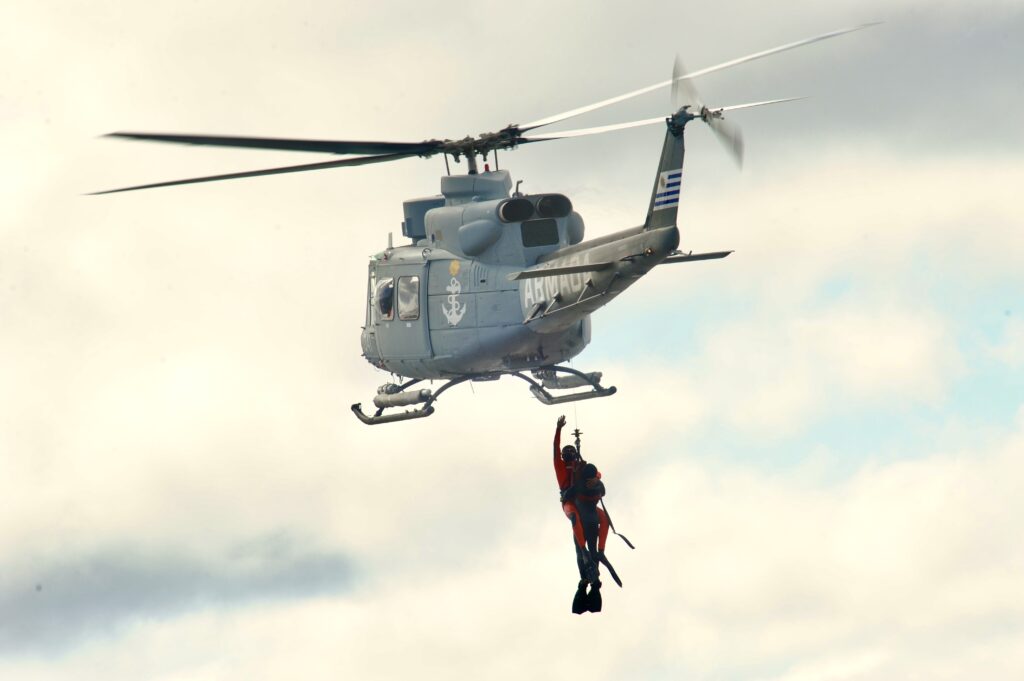
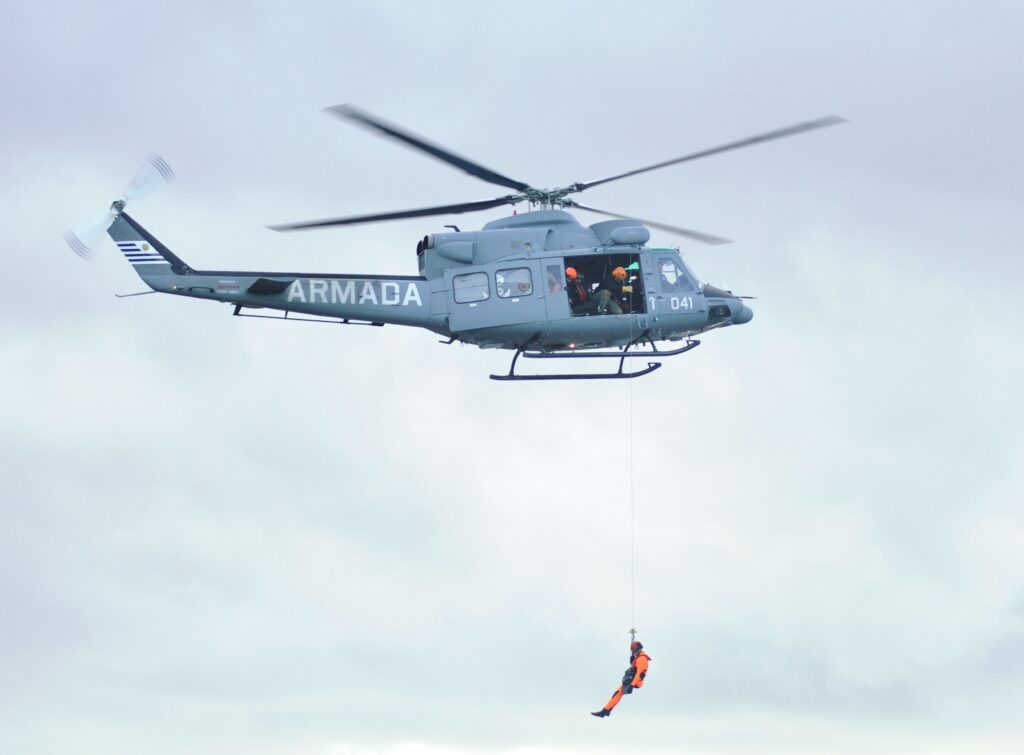
On arrival at the scene or Rendezvous Point (RV) the Skymaster ensured that the ship complied with the requirements described by IAMSAR. Namely to corroborate the radio telecommunication bands and frequencies to be utilised, proper course and speed of the fishing trawler, ship secure; prepared for the evacuation of the casualty (including receiving casualty condition updates as to pass them on to the doctor onboard the rescue helicopter), no loose objects and crew ready on deck. The helicopter’s ETA was also advised as the request to maneuver the ship into the correct wind conditions for the extraction. Assessing the weather conditions is also paramount as to ensure a safe mission thus when the helicopter arrives it can proceed as to extract the casualty minimising its on scene endurance. The Skymaster flying higher above and also recording the mission on video, could also act as a communications relay platform between the ground stations and rescue helicopter; as the latter would be hovering at low heights therefore making radio transmissions arduous.
May this humble and resilient Cessna machine last until a more suitable and newer replacement for the Aviación Naval Uruguaya mission and assigned tasks is found. Long reign to the Skymaster!
Copyright Ernesto Blanco Calcagno/www.airpressman.com
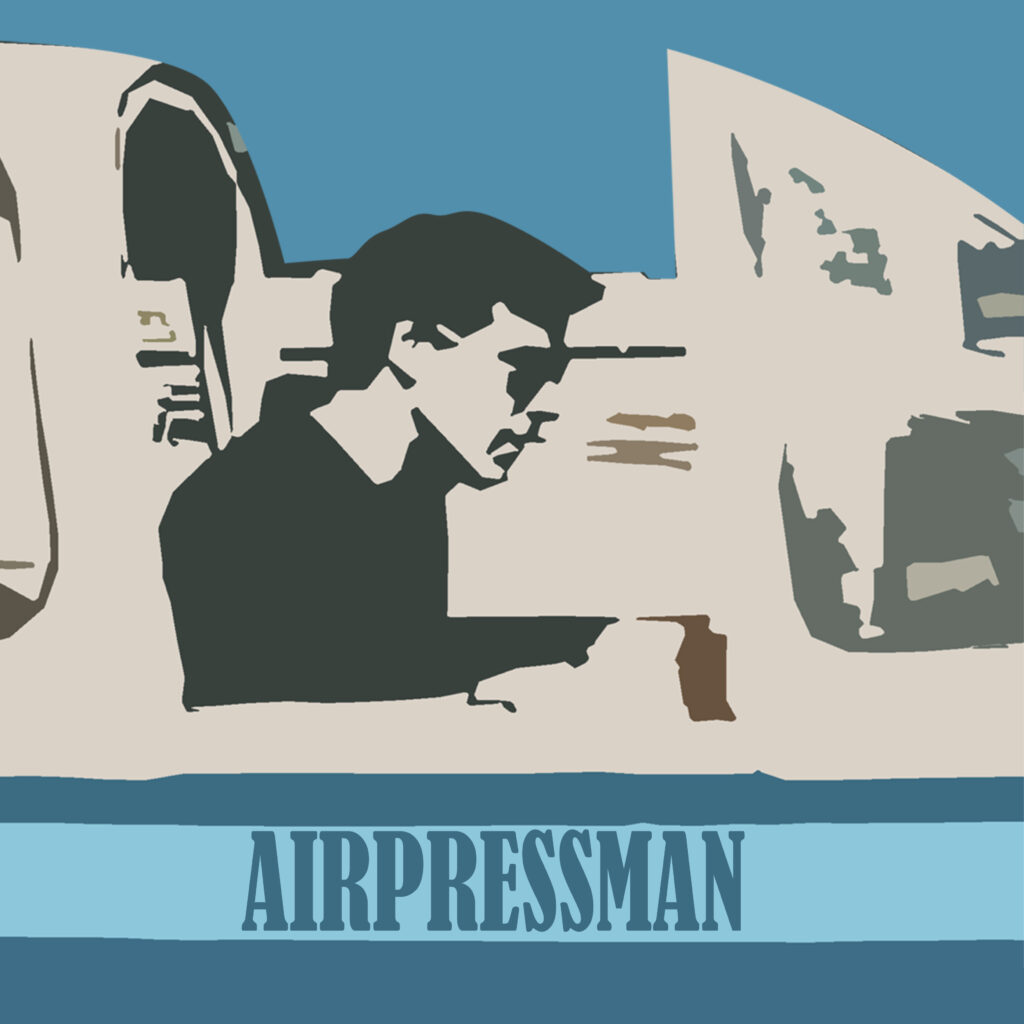

.png)
.png)
